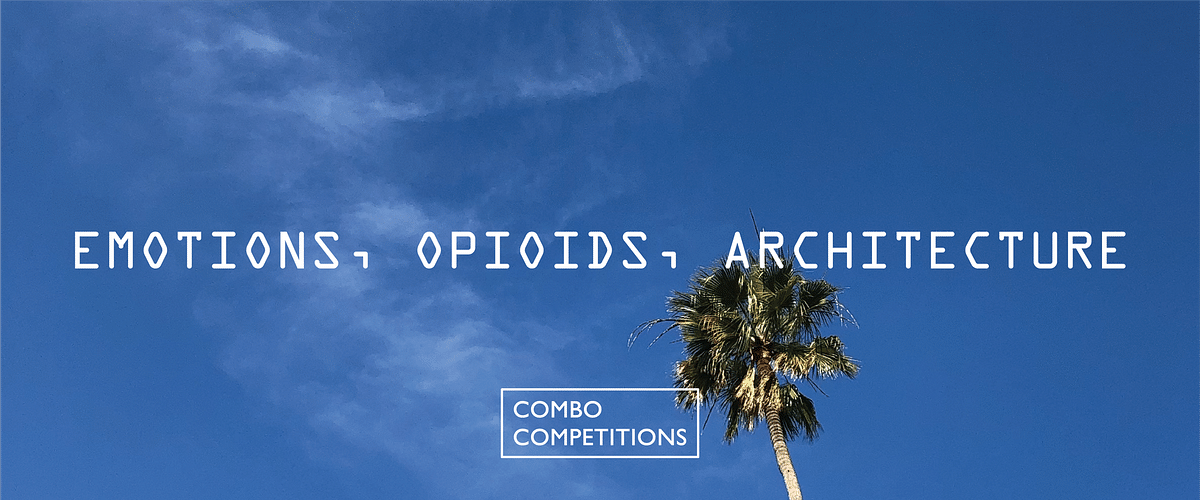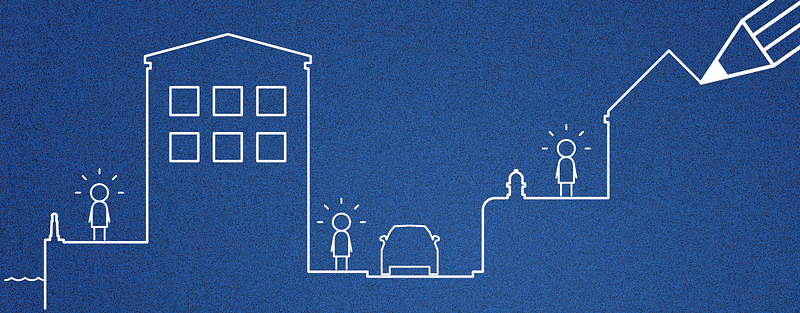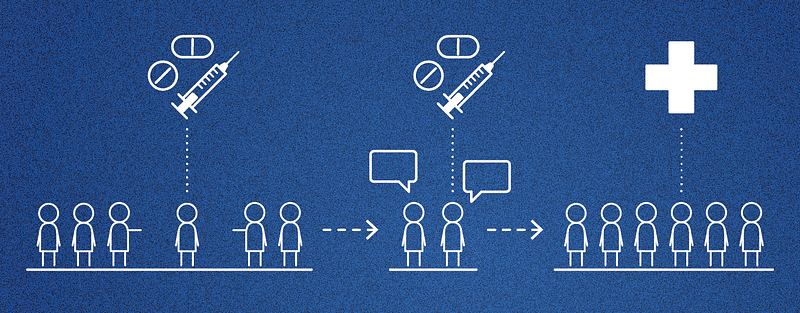Sponsored Post by Combo Competitions
Combating the stigma of opioid dependency with the help of architecture and emotions
By Sponsor|
Tuesday, Jul 21, 2020

Related
Emotions, Architecture, Opioids (deadline extended to September 6) is an ideas competition seeking to explore the emotional impact of architecture, its effect on how people feel and behave - and how it can be of use in the struggle against opioid dependency. The goal of the competition is to design a building for the administration of methadone to patients, located in Venice, Los Angeles.

Opioid use disorder (OUD) in the United States has in the last decade snowballed into a national health crisis, claiming tens of thousands of lives each year, and costing society billions of dollars in addition to the immense emotional suffering of those affected. A major reason for the crisis is the stigma attached to drug addiction: the fact that drug dependency has long been regarded as a criminal problem rather than a health concern has over time established that anyone addicted to drugs should be punished rather than helped to overcome the disorder.
Solving the opioid crisis requires efforts from the government by making addiction treatment (like MAT, methadone assisted treatment, the method proposed in Emotions, Architecture, Opioids) available and accessible to those who need it, regardless of geographic location or socioeconomic factors – but as with many other issues, politicians won’t act until enough members of the public demand so. And if the general public sees addiction as a moral failure and a crime, it will continue to be treated as one. Conversely, if enough people started viewing addiction as a health problem – and demanded it be treated as such, policy, health care and more would soon be reformed to address the demand.

This is where architecture comes in. The competition brief asks for ideas on how to address the stigma surrounding opioid dependency: in addition to administering methadone, the building and its setting should offer an environment that is appealing regardless if you struggle with OUD or not. Inviting two disparate groups to share the space has the aim of dispelling prejudice and building trust. Whether this is achieved by design, concept, the incorporation of a secondary function – or a combination of all of the above – is left to the discretion of the participants.
Emotions, Architecture, Opioids presents a unique opportunity to explore how architecture can function and solve problems on multiple levels: concretely (administering methadone), abstractly (combating stigma), and how a combination of design and concept can become more than the sum of its parts - a Bilbao effect of sorts, but with social undertones.
To read the full brief and register, visit the Combo Competitions website.
Due to the disruption caused by the Covid-19 outbreak, Combo Competitions has decided to extend the deadline of Emotions, Architecture, Opioids by 4 weeks to make up for lost time owing to the pandemic, and to allow more time for participants to adjust to a new workflow. Submission deadline is now Sunday, September 6 (registration deadline August 30).

Share
0 Comments
Comment as :